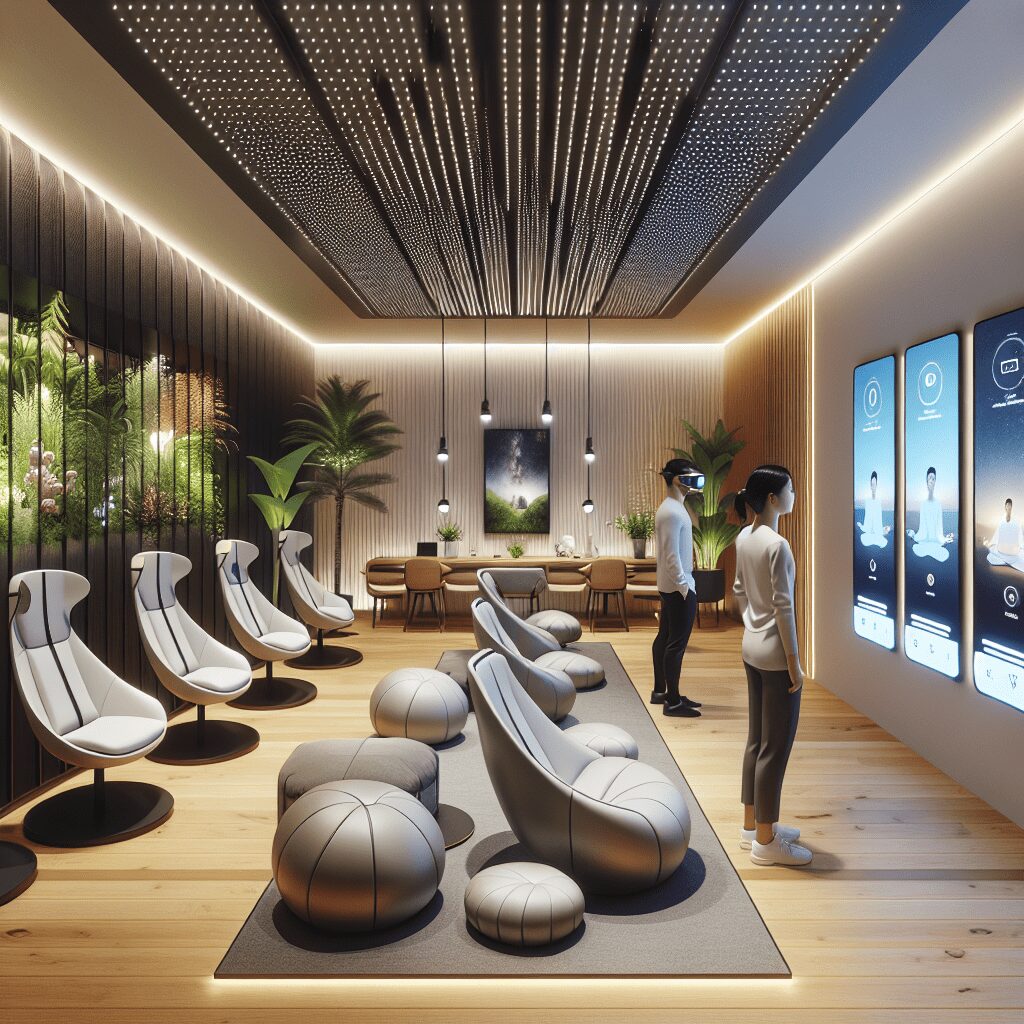
Prioritize your mental well-being daily. Enhance your life by nurturing your mental health with the Smart Meditation app. Break free from stress, alleviate anxiety, and enhance your sleep quality starting today.
How Progressive Muscle Relaxation Reduces Stress?
Unlocking the Power of Progressive Muscle Relaxation: A Stress-Busting Hero
In today’s warp-speed world, where the digital leash is ever-tightening, stress has become as commonplace as the morning coffee ritual. Heck, even the coffee might be contributing to the jittery tide of anxiety! But before you reach for that umpteenth cup of java or spiral into the abyss of stress-related memes, let’s talk about a knight in shining armor that could help combat stress without breaking the bank or requiring a prescription: Progressive Muscle Relaxation (PMR).
The Nitty-Gritty on Progressive Muscle Relaxation
At its core, PMR is disarmingly simple, yet incredibly effective. Conceived by Dr. Edmund Jacobson in the early 20th century, this technique is rooted in the principle that mental calmness is a natural consequence of physical relaxation. Think of it as hitting the “mute” button on your body’s stress responses.
Here’s the lowdown: PMR involves tensing each muscle group in the body tightly, but not to the point of strain, and then slowly relaxing them to release tension. This sequence is typically practiced from the toes upward, culminating in the muscles of the face, cultivating a head-to-toe oasis of calm.
Why It’s a Stress-Busting Powerhouse
-
Mind-Body Connection: PMR strengthens the mind-body connection, making you more aware of physical stress and empowering you to actively manage it.
-
The Relaxation Response: By tensing and relaxing muscles, PMR triggers the relaxation response, a physiological state characterized by reduced heart rate, blood pressure, and muscle tension.
-
Ease of Access: No fancy equipment? No problem! PMR can be done anywhere, from the coziness of your bed to the confines of your office chair.
-
The Sleep Angle: Struggling with sleep? PMR can help you catch those elusive Zs by relaxing the body and calming the mind, setting the stage for a restful night.
-
Anxiety and Depression: Studies suggest that PMR can also be a valuable tool in the fight against anxiety and depression, offering a natural complement to other treatments.
Your Roadmap to Relaxation
Incorporating PMR into your daily routine is straightforward. Start by finding a quiet, comfortable space where you can relax without interruption. Dedicate approximately 10-20 minutes for the exercise, allowing yourself to fully engage in the process. Here’s a quick guide:
-
Breathe: Start with deep, abdominal breaths to initiate the relaxation process.
-
Tense and Relax: Begin at your toes and work upwards. Tense each muscle group for around 5 seconds, then relax for 30 seconds, paying close attention to the sensation of releasing tension.
-
Mindfulness: Stay present. If your mind wanders, gently bring your focus back to the muscle group you’re working on.
-
Repeat: Consistency is key. For the best results, make PMR a part of your daily stress management toolkit.
Eager to dive deeper? Plenty of resources, from guided audio tracks to workshops, are at your disposal to help perfect your technique and enhance the experience.
Wrapping Up: The Big Relax
In conclusion, Progressive Muscle Relaxation isn’t just an effective method to combat stress; it’s a testament to the power of simplistic, mindful practices in promoting well-being. In an age where stress runs rampant, tools like PMR are invaluable allies, empowering individuals to reclaim calm and resilience in the face of daily pressures. Why not give it a shot? After all, the only thing you’ve got to lose is tension.





